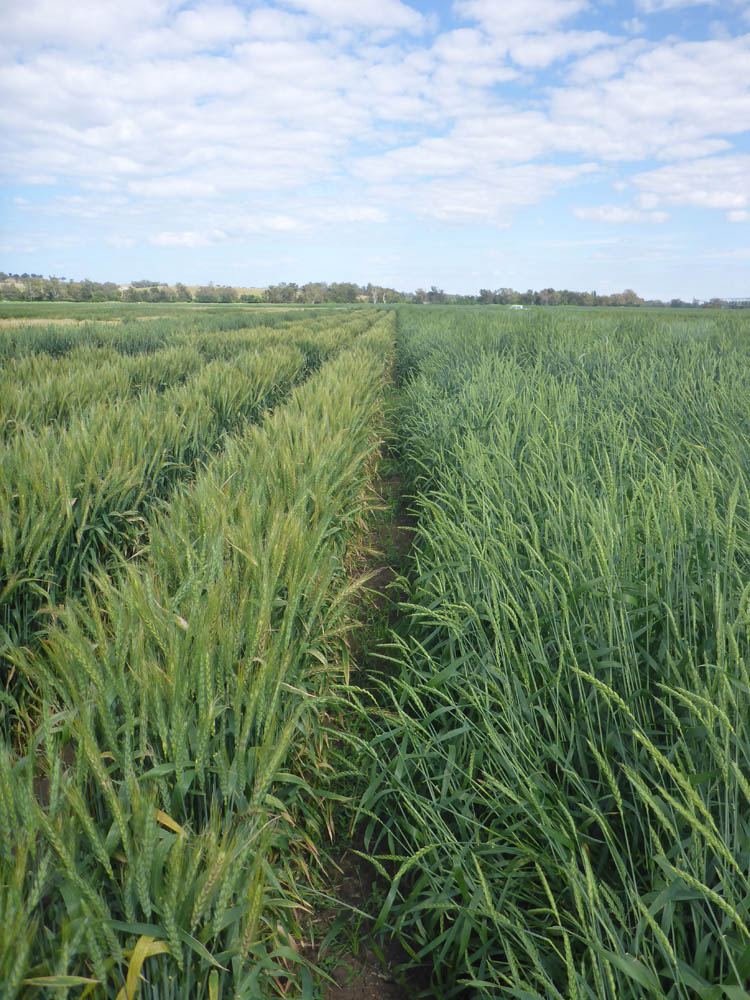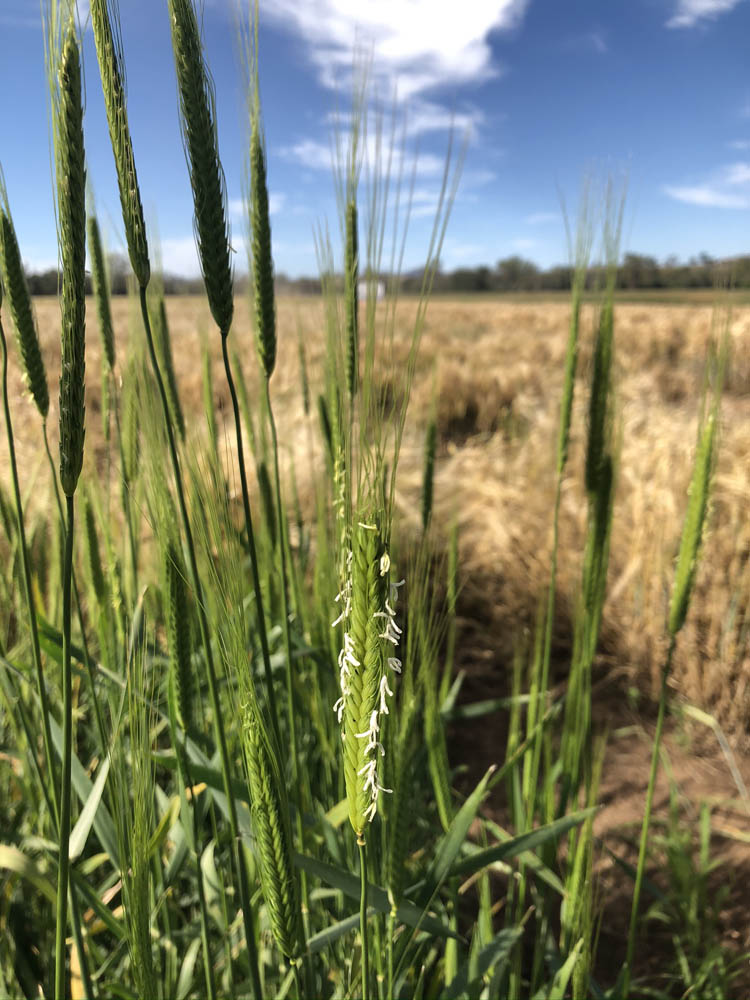Production
Price
By the start of 2021, prices had regained some value relative to wheat. A lack of seller engagement, renewed export demand, and a rally in global feed grain values driven by tightening global corn stocks, were the main drivers of this increase. 181 Prices remained relatively flat for the remainder of the year to the end of June due to a lack of liquidity, with sellers happy to retain grain in storage until prices improved and buyers who had already covered near-term shipping demand.
F1 Barley Vs Wheat price
- Feed Barley Del. Port Kembla
- Wheat (H2) Del. Port Kembla
Trade and Macroeconomic Conditions
All the barley exported out of NSW in 2020-21 was feed barley. 128 In total, 155,787 tonnes was exported and valued at $49 million. 128 Kuwait was NSW’s largest market, taking 48% of the total available volume and with an export value of $24 million, followed in value by Saudi Arabia ($8 million) and Japan ($5 million).
Historically, barley exports were much more diverse, with Australia a significant supplier to Middle Eastern countries, namely Saudi Arabia, the UAE, Iran and Jordan. 128 Saudi Arabia is the world’s largest barley importer where, being a dry State, demand is exclusively for feed barley. With China effectively priced out of the Australian export market, Australian barley became much more competitive and, in January 2021, Australia won the first barley tender for delivery into Saudi Arabia, the highest volume exported to the Kingdom since 2016. 191 Australian barley was frequently priced out of Middle Eastern markets by exports from the Black Sea region, however, the Russian export tax on wheat, barley and corn, which came into effect in March 2021, has made Australian exports more price competitive into this feed grain market.
Outlook





